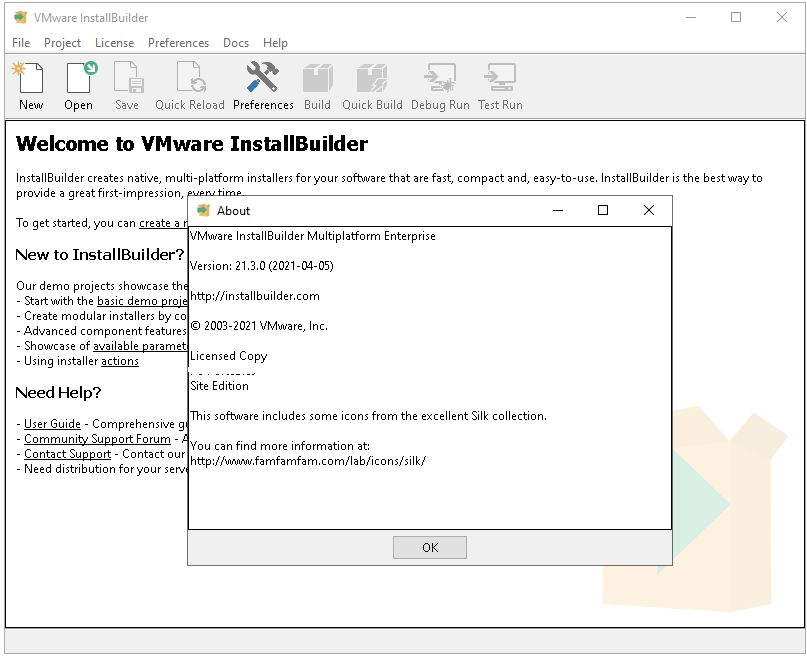
The results show that the ferrimagnetic mineral assemblage of the loess units is dominated by partially oxidized multidomain (MD) and pseudo-single domain (PSD) magnetite however, with an increasing degree of pedogenesis, the eolian contribution is gradually masked by pedogenic superparamagnetic(SP) and single-domain (SD) ferrimagnets (mainly maghemite). We conducted the first detailed mineral magnetic investigation of more than nine loess–paleosol couplets of the composite Titel-Stari Slankamen loess section in Serbia, which provides one of the longest and most complete terrestrial record of paleoclimatic changes in Europe since ~1.0 Ma. Therefore, transformation of maghemite to goethite in waterlogged phases of the S5 palaeosol led to the loss of magnetization. The increase in hematite concentration is interpreted as due to SP maghemite oxidation or original goethite dehydration within dry soil environment. Frequency-dependent susceptibility and ZFC/FC curves show that BJS5 layer formed under high palaeoprecipitation has less superparamagnetic (SP) but more single domain to pseudo-single domain particles, because SP maghemite was dissolved and transformed into goethite by temporary waterlogging. Hard isothermal remanent magnetization, X-ray diffraction data and the difference of magnetization in warming curves of RTSIRM suggest that both hematite concentration in magnetic extracts and goethite concentration in separation residues increase from XF to BJ. Furthermore, The Verwey transitions on cooling curves slightly decrease and the increased slope of 'tilted' Verwey transition on ZFC remanence curves show that the degree of oxidation of magnetite between localities increases in the order XF-LY-BJ. The asymmetric rounded 'hump' in cooling curves on RTSIRM and the 'tilted' Verwey transition on ZFC/FC curves suggest that partially oxidized magnetite is the dominant magnetic contributor, not pure maghemite or magnetite. Low-temperature magnetic measurements including field cooled and zero field cooled (FC/ZFC) remanence, in-phase magnetic susceptibility, thermal remanent magnetization and room temperature saturation isothermal remanence magnetization (RTSIRM), with X-ray diffraction measurements are carried out for all magnetic extracts and separation residues samples.

Palaeosol S5 samples from these three localities are further prepared as magnetic extracts and separation residues. Market, and the history of archaeology from the Renaissance to the present.S U M M A R Y This study investigates the magnetic mineralogy of palaeosol S5 from Xifeng (XF), Linyou (LY) and Baoji (BJ) sections with increasing annual precipitation from north to the south on the Chinese Loess Plateau. Include ethics, the destruction of archaeological context, the illicit antiquities The persuasions of archaeology represented include anthropological, biblical,Ĭlassical, medieval, historical, and prehistoric. On the results of research in the laboratory, the survey region, or excavation. Of topography, architecture, features, artifacts, and more. The articles present original research on the analysis and interpretation

Of prehistoric Mississippi to experiments in the technology of Classical Greece,įrom the use of satellite imagery in China to the sacred landscape of Oceania. In topic from Palaeolithic campsites to a 19th-century sawmill, from food remains With no restriction regarding time period or cultural region. Publishes articles presenting the results of archaeological research worldwide,

The Journal of Field Archaeology is a scholarly quarterly that The results highlight the need to consider topographical features when studying how past agrarian societies introduced irrigated agriculture to new environments. Optimizing the water supply for irrigation was not a top priority. Through hydraulic archaeology, excavations, and GIS, it is shown that deep, flat, well-insolated (i.e., exposed to sunlight), slightly saline, colluvial soils were preferred for irrigation while slopes, shady areas, floodplains, and highly saline soils were rejected. Here the topic is approached using the hydraulic system of Ricote (Murcia, Spain) as a case study. Understanding the reasons that led Arabs and Berbers to select or reject lands for irrigation is essential for documenting the formation processes of these agricultural areas. Their current extension is the result of several enlargements made to the original Andalusi design, irrigating lands initially rejected by the first builders.

711 and the feudal conquest of Al-Andalus (11–15th centuries A.D.), are today among the most productive agricultural areas in Europe. The Andalusi hydraulic systems of the Iberian Peninsula, constructed by Arabs and Berbers between A.D.


 0 kommentar(er)
0 kommentar(er)
